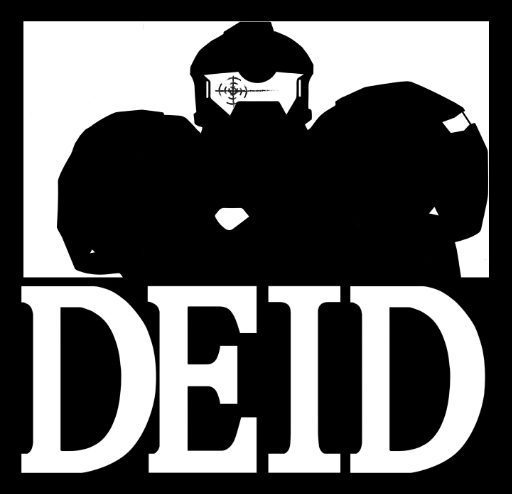The DEI levels
Dear gamer,
I’m Kabrutus, the creator and originator of the DEIDetected list. I want to talk to you about the new level system and why it had to be changed. Please read the following information in its entirety. Thanks in advance.
The first DEIDetected games list had one simple criterion: a game was either DEI or not. While it has (and still does) enjoy massive success in raising consumer awareness among gamers, it became clear that this way of listing games wasn’t sufficient if I REALLY wanted to be fair and accurate in this regard.
My first attempt to fix this problem was to split the DEIDetected list into several smaller ones, such as “Localization Issues” and “Censorship.” However, this approach ended up overcomplicating things and causing confusion. Visitors expected to see the “Kabrutus list” but were instead presented with one large list made up of several smaller ones. As a result, many people treated every game on the list as if they were the same, assuming they all featured the same level of DEI — which wasn’t accurate and certainly wasn’t fair to the games. It also became clear that a game listed under “Localization Issues” doesn’t come close to having the same level of DEI as one on the DEIDetected list, but the previous ranking system failed to make that distinction clear.
That’s when I realized that since all of these smaller lists ultimately dealt with DEI-related issues, why not combine all the games into a single list—but this time with a twist: highlighting their different DEI levels.
This results in a much clearer and more streamlined approach that allows me to be fairer and more accurate in listing the games. For example, a game like Dragon Quest III HD-2D Remake is by no means anywhere near the same level of DEI as Dustborn. I want this message to be clear.
Below are the levels and what each one represents. Please bear in mind that I intend to update and expand the criteria they involve over time.
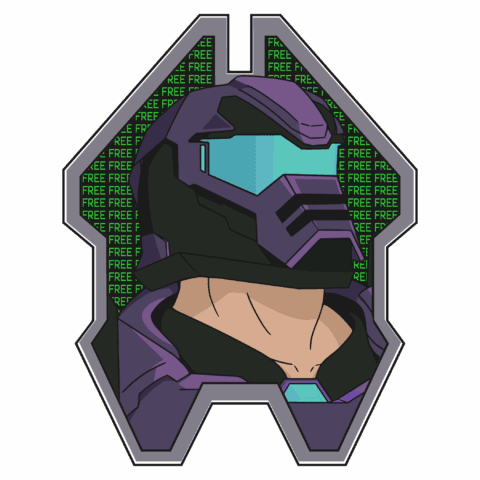
DEI-FREE
Self-explanatory. These are the games I’ve played and personally verified to be 100% DEI-FREE. This list is more personal, as it reflects my own recommendations based on direct experience — which is why it takes much longer to add a game to this level than to any other.
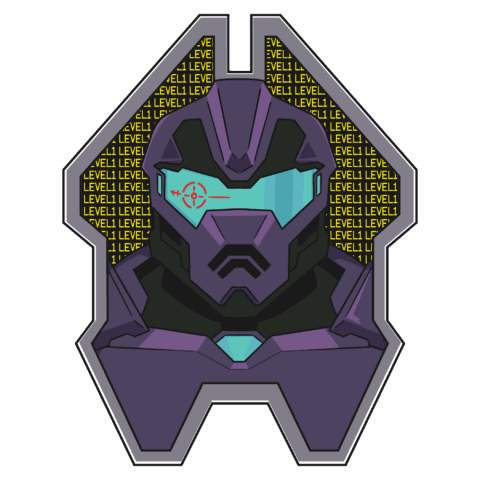
DEI Level 1
These aren’t necessarily DEI games, but they include one or more small, simple DEI-oriented design choices that some may interpret as political statements. Often, these elements weren’t part of the developers’ original vision; they were added later to comply with legal requirements in certain countries or to meet publisher demands, rather than to make a deliberate social or political statement.
They may include one or more of the following:
-
Implicit censorship
Implementing subtle modifications to character appearances and dialogues in order to comply with DEI objectives. -
Avoidance of traditional male and female terminology
Replacing established sex labels such as ‘male’ and ‘female’ to adhere to political correctness, reflecting the perspective that traditional sex terms may be deemed “offensive”. -
Narrative changes to comply with politically correct standards
Adjusting storylines or dialogue in order to avoid language or themes that might be considered “offensive” or “outdated”.
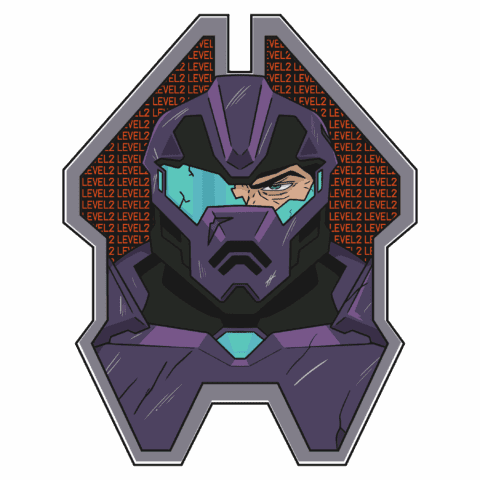
DEI Level 2
These games usually feature many of the DEI Level 1 elements, plus some subtle political statements in their stories, along with more daring DEI-related design choices.
They may include one or more of the following:
-
DEI consultancy
Hiring diversity, equity, and inclusion experts to guide game development and ensure representation. -
Forced diversity
Introducing diverse characters or elements in a way that feels artificial or obligatory rather than organic. -
Partial or complete removal of game features/modes to adhere to political correctness
Cutting or altering content perceived as offensive or inappropriate to align with social sensitivities. -
Subversion of the male gaze and traditional beauty standards
Designing female characters to deliberately challenge and overturn conventional ideals of attractiveness for a heterosexual male audience.
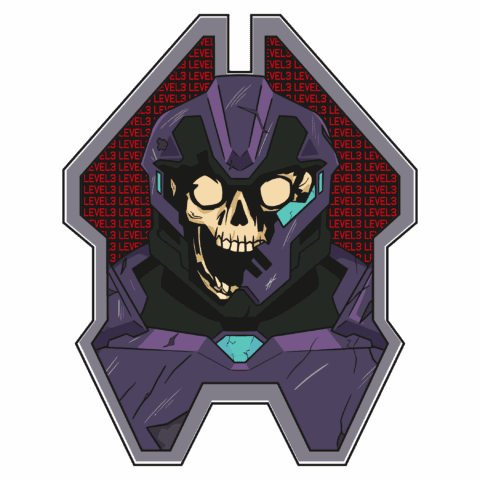
DEI Level 3
All games in this level are DEI-heavy and typically incorporate many elements from the previous levels.
They don’t shy away from being extremely daring with their political messaging, openly attempting to indoctrinate players by pushing specific narratives designed to influence opinions and perceptions — especially harmful to kids. The brainwashing code is real in these ones.
They may include one or more of the following:
-
Incorporation of contemporary left-wing politics
Including current political themes or agendas aligned with modern left-wing ideology within the game. - Historical revisionism often influenced by DEI principles
Altering or reinterpreting historical events or characters to align with DEI goals. -
Explicit and aggressive progressive messaging
Overtly pushing progressive political ideas in a confrontational or overwhelming way. -
Inversion of traditional moral or heroic archetypes
Reversing traditional roles of heroes and villains to reflect specific political or social perspectives. - Sex or race swaps of legacy characters
Changing the sex or ethnicity of well-known characters, often sparking debate among fans.
September 19, 2025
